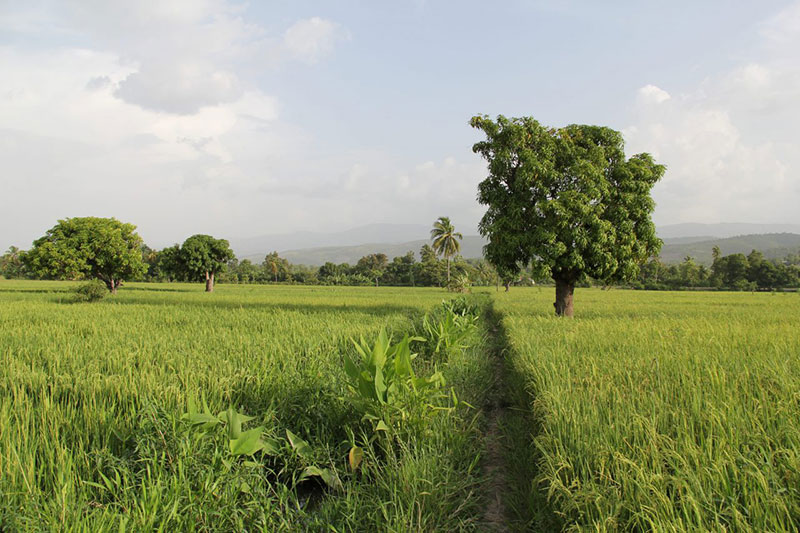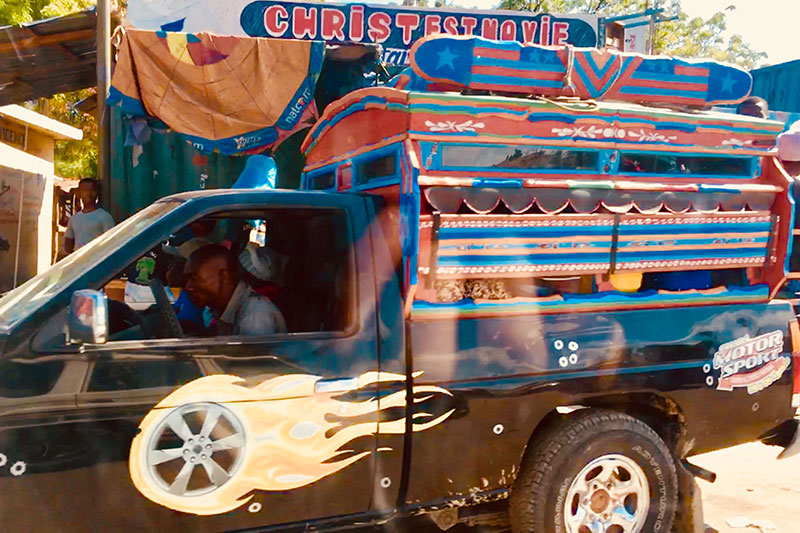Sister Cities Essex Haiti (SCEH) officially began in 2010, but the connection to Deschapelles goes back many years. Jenifer Grant, one of SCEH’s founders and a resident of Essex, Connecticut, spent much of her youth in Deschapelles. Her parents, Dr. Larry and Mrs. Gwen Mellon, founded Hôpital Albert Schweitzer in 1956. The hospital remains a central institution in the community.
Deschapelles is located in the Artibonite Valley, a fertile region along the Artibonite River in the center of the country. The area is largely rural and known for its rice production. Small businesses – carpenters, tailors, artisans – and a lively market area provide goods and services to local residents.
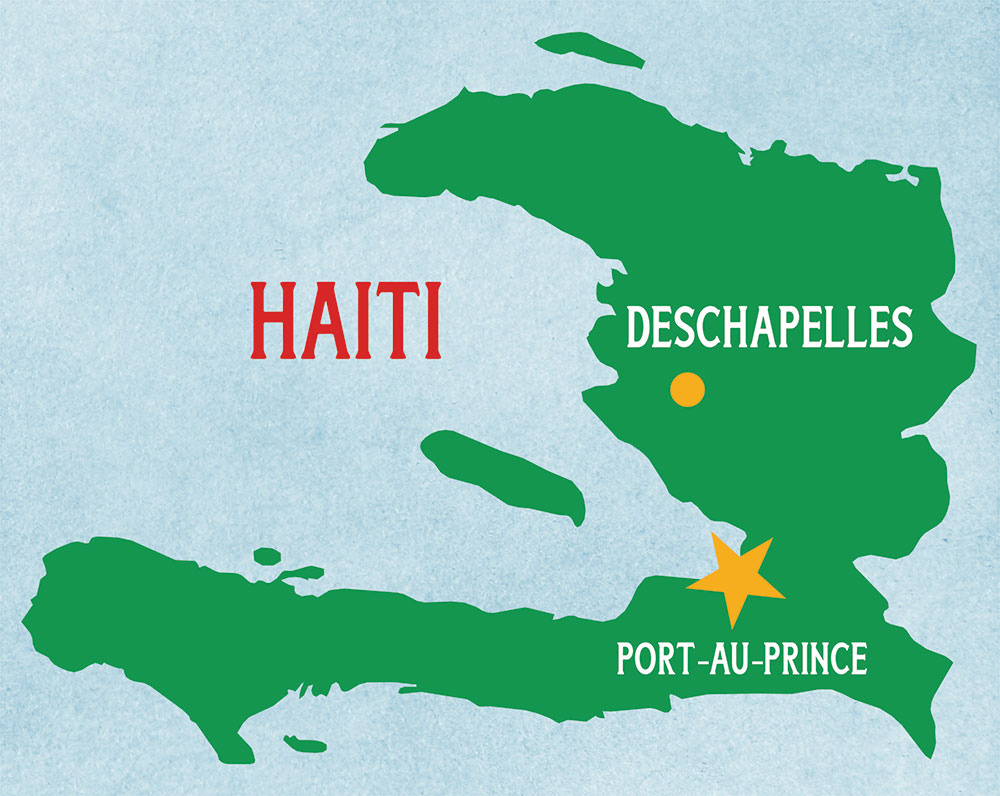
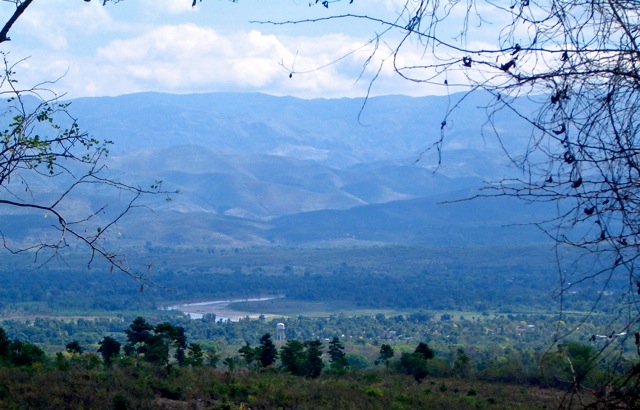
The tropical climate shapes daily life, and much of it takes place outdoors. Homes range from simple thatched-roof structures to cement block houses with metal or cement roofs. Electricity and running water are limited, and many families rely on firewood or charcoal for cooking fuel.
Transportation is another challenge. Very few people own cars, so most residents walk, ride horses, travel by motorbike, or take “tap taps” – colorfully painted converted pickup trucks that serve as shared taxis.
Education is highly valued in Haiti, yet access is limited. Most schools in Deschapelles are privately run, and families must pay for uniforms (including shoes) and books. There are several primary schools (K–6), but students who attend secondary school typically travel to Verettes, about five miles away, by foot, motorbike, or tap tap. Schools are conducted in Kreyol and French (especially at the secondary level) and follow the French educational system. University attendance is only possible after passing the national Philo exam at the end of the 13th grade. In the Deschapelles area, it is estimated that over 60% of children do not attend elementary school because families cannot afford tuition; attendance at the secondary level is even lower.
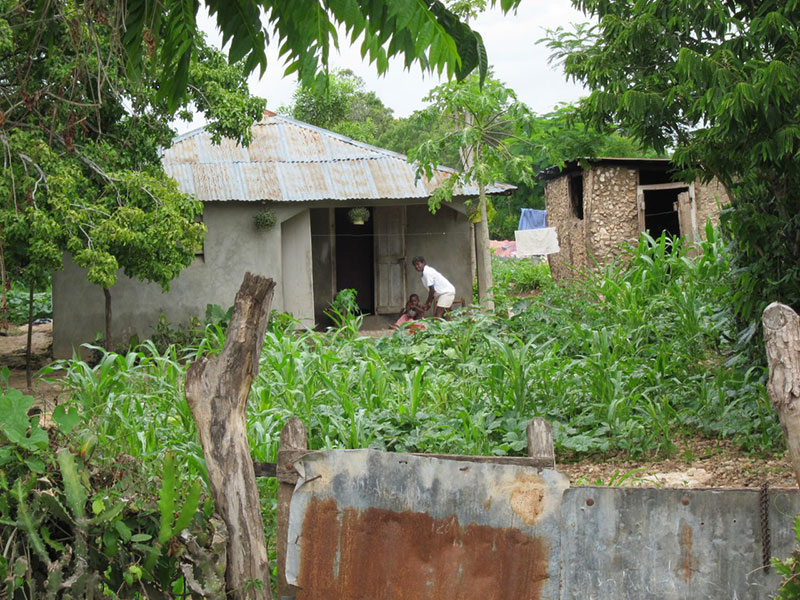

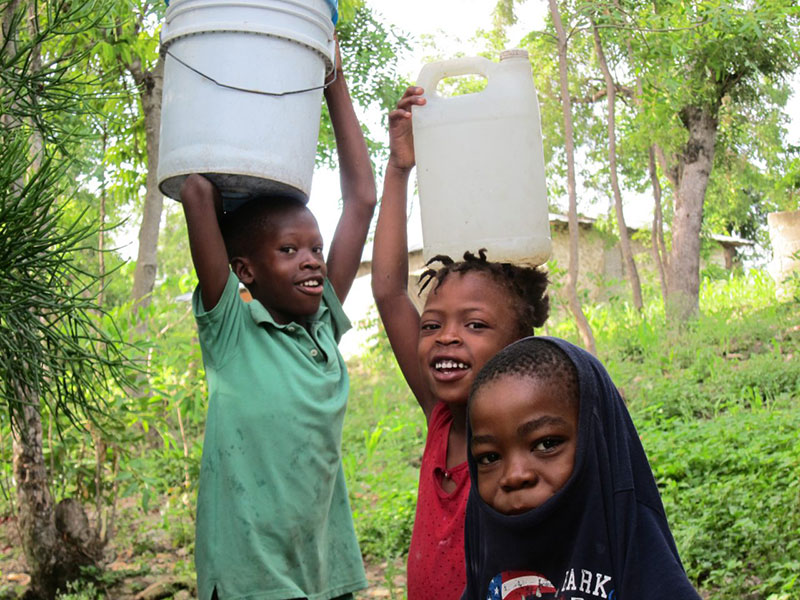
Access to books and educational resources is extremely limited. Bibliothèque Communautaire Deschapelles, built as SCEH’s first collaborative project with ODES, is the only library in the region. The request to build it demonstrates the community’s strong desire for opportunities to learn, read, and gather. In rural Haiti, libraries, cultural programs, and access to books of any kind are
rare. The library serves as a beacon of hope and a vital resource for children and adults alike.
Deschapelles has a number of well-attended churches representing many Christian denominations. Soccer is the country’s most popular sport, and Deschapelles has a full-sized field that also serves as a helicopter landing pad for emergency transports to the hospital. The town also benefits from a tennis court – home to our active tennis club – and a basketball court on the hospital grounds, both used regularly by the community.
